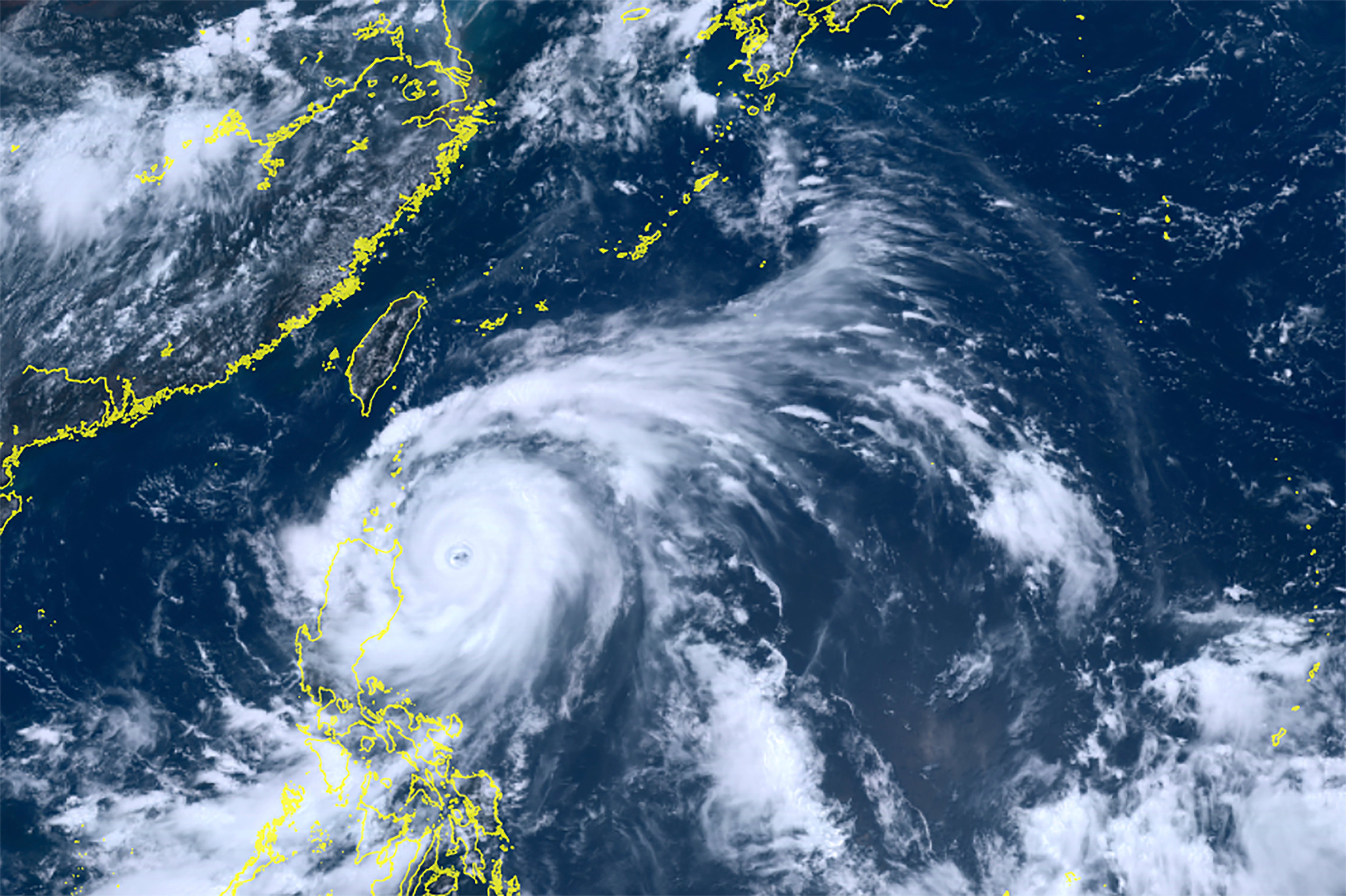Strong typhoon blows closer to northern Philippines, forcing evacuations and halting sea travel
A powerful typhoon is blowing closer to the northern Philippines, forcing thousands of evacuations and a halt to sea travel ahead of torrential rains and tidal surges near 10 feet

Your support helps us to tell the story
From reproductive rights to climate change to Big Tech, The Independent is on the ground when the story is developing. Whether it's investigating the financials of Elon Musk's pro-Trump PAC or producing our latest documentary, 'The A Word', which shines a light on the American women fighting for reproductive rights, we know how important it is to parse out the facts from the messaging.
At such a critical moment in US history, we need reporters on the ground. Your donation allows us to keep sending journalists to speak to both sides of the story.
The Independent is trusted by Americans across the entire political spectrum. And unlike many other quality news outlets, we choose not to lock Americans out of our reporting and analysis with paywalls. We believe quality journalism should be available to everyone, paid for by those who can afford it.
Your support makes all the difference.A powerful typhoon blew closer to the northern Philippines on Tuesday, forcing thousands of evacuations and a halt to sea travel ahead of torrential rains and tidal surges up to 3 meters (nearly 10 feet).
The strongest winds at the storm's center are expected to remain offshore as Typhoon Doksuri barrels northwest off Cagayan and Batanes provinces, but they may hit outlying islands in the archipelago. The typhoon's 680-kilometer- (420-mile-) wide rainband could cause flash floods and set off landslides in northern provinces, the country’s weather bureau said.
Doksuri was last tracked 310 kilometers (193 miles) east of Tuguegarao city in Cagayan province with sustained winds of 185 kilometers (115 miles) per hour and gusts of up to 230 kph (143 mph), government forecasters said.
The typhoon would also enhance seasonal monsoon rains in central and northern provinces. It was forecast to continue moving northwest on a track south of Taiwan that would make landfall in China later this week.
Cagayan Gov. Manuel Mamba said he suspended work in his province to allow people to prepare for the onslaught and ordered the evacuation of thousands of people in 11 coastal towns as a precaution.
"This is a supertyphoon and we’re carrying out pre-emptive evacuations in all coastal villages because we’re afraid of storm surges,” Mamba told The Associated Press by telephone, adding weather forecasters warned that tidal surges could reach a height of up to 3 meters (nearly 10 feet).
Aside from work, Mamba said classes in colleges were also suspended from Tuesday to Wednesday. Grade and high school students were on vacation, he said.
Tuguegarao City Mayor Maila Ting-Que urged the public to be vigilant and imposed a liquor ban, warning violators of arrests. Fishermen were barred from venturing in the increasingly rough seas.
Nearly 10,000 inter-island ferry passengers and cargo truck drivers, along with 100 passenger and cargo vessels and motor bancas, were stranded in several ports where a no-sail order was imposed due to the typhoon and enhanced monsoon rains, the Philippine coast guard said.
In Taiwan, part of the annual Han Kuang military exercises were canceled Tuesday.
An exercise meant to simulate the use of a civilian airport in case of bombed-out military runways was cancelled as it was located on the southeastern coast of Taiwan, where waves are already rising. At Taiwan’s southernmost point, waves had already risen to as much as 2.5 meters tall (8 feet), according to Taiwan’s Central Weather Bureau.
The Han Kuang exercises are the largest annual exercises aimed at displaying the Taiwan military’s defense capabilities in case of an attack from China, which claims the self-ruled territory as its own. Land-based exercises for the Han Kuang drills are still ongoing in other parts of Taiwan.